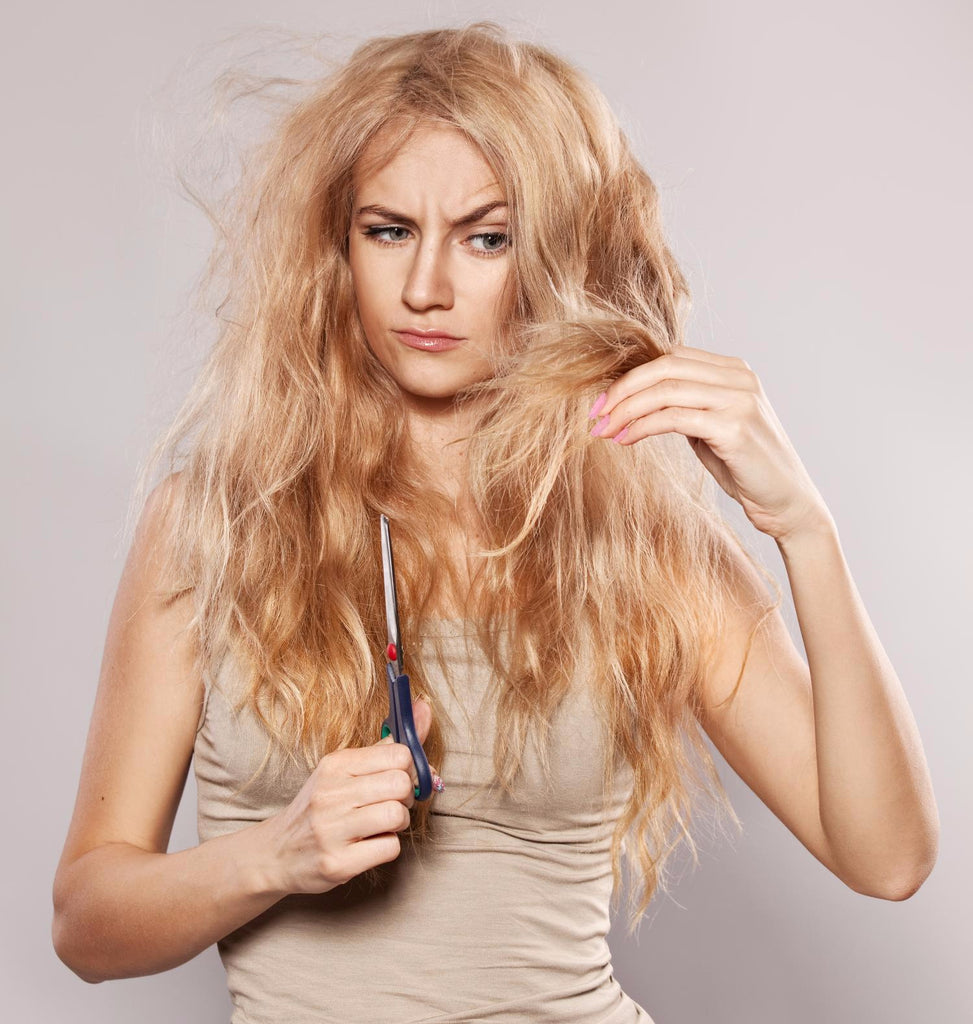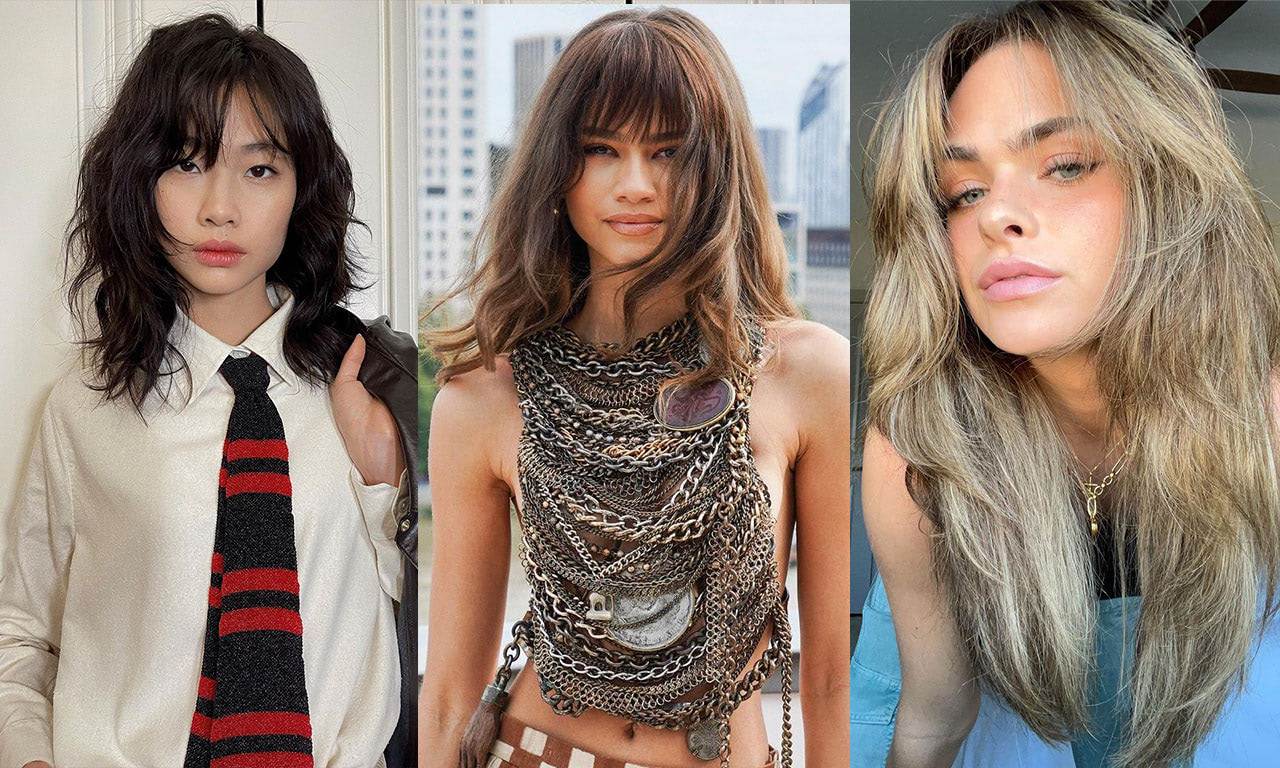
Fresh out the pack, human hair extensions are soft, flexible, beautiful. The strands slip between your fingers like silk, reflecting light with a shine and sheen that just begs to be showed off. But some factors like your environment and care choices can make your gorgeous perfect locks fall short of their initial beauty. So how do you know what’s ruining your cuticles, and what do you do? Read on! What follows is a guide to your human hair extensions’ top five mortal enemies and what you can do to combat them.
#1: Air Pollution
Nothing smothers your hair faster than smog, car exhaust, and even cigarette smoke. Smoky air contains particles that coat the strands of your hair pieces and dull both the color and shine of the hair. Worse, in different kinds of smoke and fumes, these particles are mostly bits of dangerous and drying substances like tar, ash, coal, and acids.
Your best bet is to stop smoking if you haven’t yet, and to rinse or wash your hair extensions a bit more often – up to three times a week – if you live in a highly polluted area. Better yet, rotate the hair you use each time you get a new install; this way, you don’t have to over-wash any particular set of hair, and it will all look better.
#2: Under-Washing
Trying to keep your new hairstyle intact as long as possible only makes sense. But leaving a hairstyle as-is for too long and not washing your locks is a huge mistake! Dirty hair looks and smells bad, as products, dirt, and everything else that touches your hair builds up, leading to dull, lifeless strands that are more prone to breakage. Yes, dirty hair is more fragile than clean hair, and this is especially true of hair extensions. Water always has been and always will be hair’s best natural moisturizer, and dirt simply blocks moisture from reaching the cuticle. So try to wash or rinse your locks at least once a week. They’ll thank you with super movement and shine.
#3: Harsh, Drying Products
You’ve read it here a million times before, but shampoos, conditioners, sprays, and gels heavy on alcohol, mineral oil, sulfates, and phosphates simply strip the natural oils and moisture from hair. The problem gets even worse when it comes to your virgin Indian hair extensions, as these virgin locks have never been subjected to any chemical treatments and are not meant to be “roughed up” in this way. Overly-harsh chemicals can destroy the cuticle of your Indian hair, leaving it no stronger or more beautiful than the average chain-store hair extensions. Try gentle, sulfate- and phosphate-free cleansers like diluted castile soap or a baking-soda solution, and check product labels for safe-yet-effective ingredients.
#4: Improper Handling
The major advantage of buying Perfect Locks Indian hair is the smooth, uninterrupted, unidirectional cuticle that gives you such a glossy, frizz-free profile. But improper handling – using the wrong tools and techniques to style and care for your hair extensions – snatches and tears at this perfect cuticle, pulling the layers apart and ruining your virgin weave. Make sure that you always use a gentle touch, as well as combs and brushes with appropriately wide teeth, and try to leave the heat styling to pros with tools that heat to just the right temperature. Also only use bobby pins when absolutely necessary, and never use hair pins that have lost their rubber tips (these poke through and break hair faster than scissors!).
#5: Mold
Fully and properly drying your human hair extensions is of the utmost importance. Many women think they can simply wash-and-go or wash-and-store their hair pieces and wigs, but you have to make sure the strands have adequately dried before anything else. Hair extensions that are stored while still wet are almost certain to sprout bacteria and other harmful organisms, and even on your head, interior sections of hair can dry improperly at the root or weft.
To combat this, always make sure to fully dry all your hair extensions by separating each track or fusion section and blow- or air-drying. Separating the strands allows air to circulate to every piece of hair and dry it, preventing mold damage. Double check wefts, especially machine-sewn ones, by pressing them against your thumb or forefinger. If there is even a hint of wetness on that finger, keep on drying until there isn’t.
The good news, of course, is that human hair extensions have already finished growing, so factors like nutrition, hydrating your body, and overall health have nothing to do with keeping them soft and lovely. So you should be fine if you can manage to keep your hair pieces away from these five bad guys!
 Have Questions? Call Us!
Have Questions? Call Us! 


